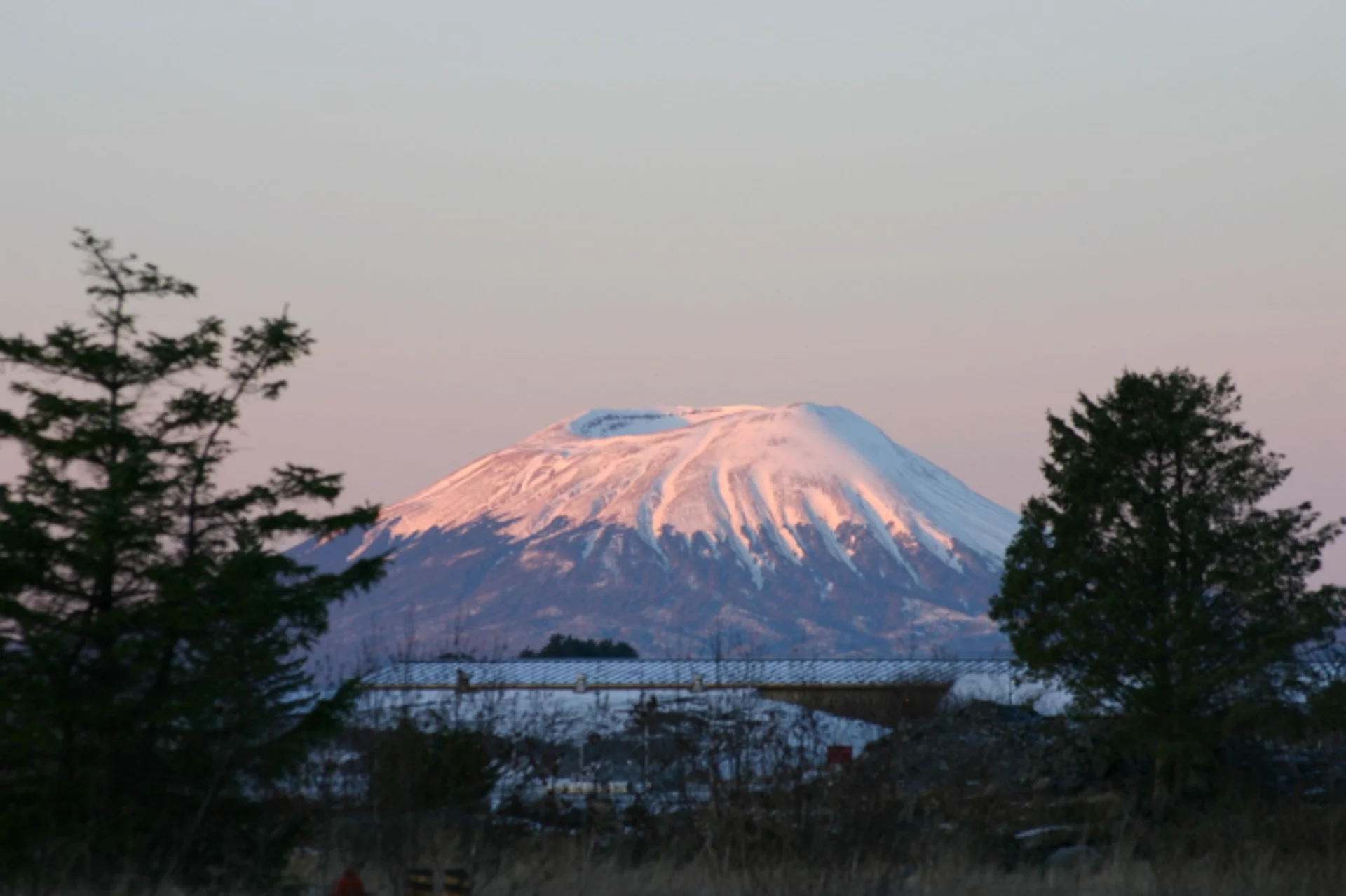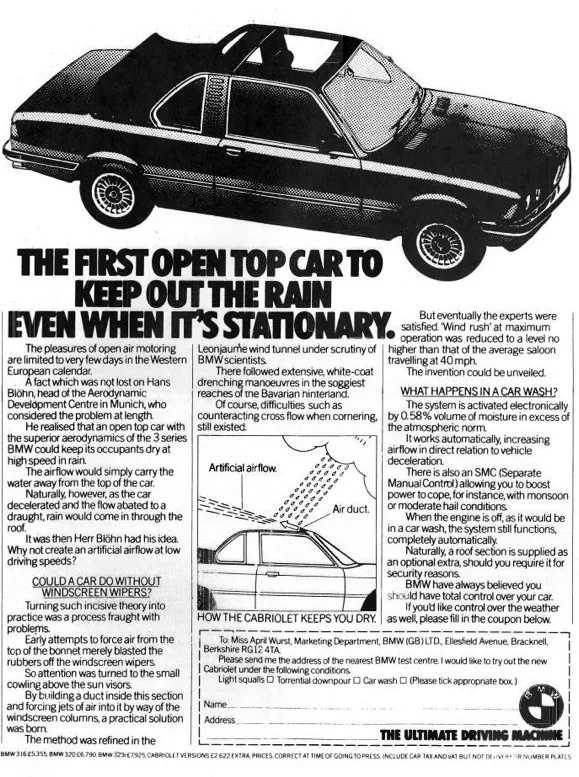
5 April Fools' pranks a weather enthusiast would appreciate
The annual celebration of everything pranks - April Fools' Day - has arrived.
To honour the day, we're taking a look back at five climate-related jokes that will forever hold a place in the weather prankster hall of fame.
5. 1982 - ATHENS AIR POLLUTION
National radio issued a warning that pollution had climbed to emergency levels in Athens, leading to immediate evacuation.
All schools were ordered to close. Meanwhile, people who were driving cars were urged to abandon their vehicles in the streets.
Three hours later the radio network announced the hoax -- but by then it was too late.
One man sued the radio for $820,000, claiming mental distress. The originator of the hoax was fired and the director submitted his resignation not long after.
RELATED: The science behind science hoaxes
4. 1906 - GIANT FROG WAVE
In 1906, the front page of the Wichita Daily Eagle reported that a 3-metre-high wave in the Arkansas River was moving towards millions of migrating frogs and the two were expected to meet in the city around 10 that morning.
Thousands of people showed up to see the collision, which never occurred.
3. 1983 - SUNROOF THAT DIVERTS RAIN
BMW took out a huge ad boasting the company had developed a sunroof that could remain open during the rain, due to jets of air that kept rain away from the top of the car.
According to the ad the system was automatic and even worked in a car wash.
A brilliant hoax if we ever saw one.

Source: BMW/hoaxes.org
2. 1978 - THE SYDNEY ICEBRG
On April 1, 1978, a giant iceberg floated into Australia's Sydney Harbour.
For months local millionaire Dick Smith had been talking about towing an iceberg in from Antarctica, leading residents to believe his plan had finally succeeded.
Local media was on the scene, providing up-to-the-minute reports.
And then it started to rain.
Slowly, the iceberg -- which was actually a fake made out of shaving cream, foam and plastic sheets -- melted away.
1. 1974 - THE ERUPTION OF MT. EDGECOMBE

Courtesy: Wikipedia.
Residents of Sitka, Alaska woke up on April 1, 1974, and had quite the surprise.
A plume of dark smoke could be seen billowing from the crater of Mount Edgecombe -- a volcano that had been dormant for 400 years.
Crowds formed on the streets as people left their homes to stare at the volcano, which they thought was about to erupt.
Local authorities were flooded with calls and the Coast Guard was sent in to investigate via helicopter.
As the helicopter inched closer and the pilot peered down the crater, he saw that a huge pile of old tires had been set ablaze. A massive sign that said "April fool" had been spray-painted in the snow beside the tires.











